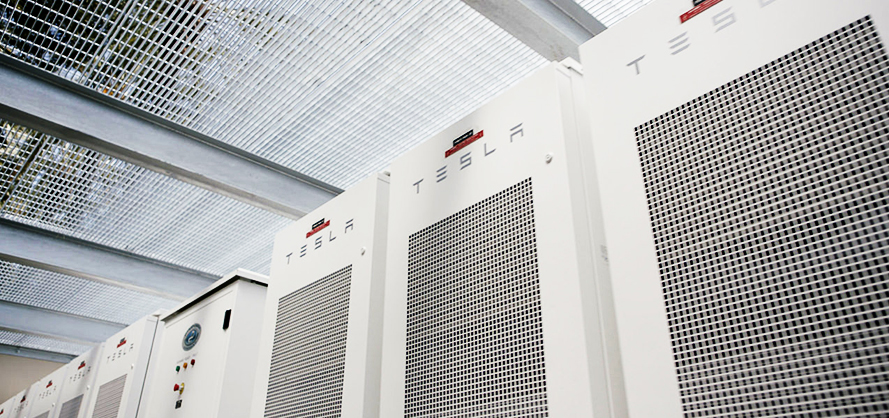Battery storage technology used in stationary applications could be as much as 66% cheaper by 2030 provided the current capacity of renewable energy installed globally doubles, finds a new report by the International Renewable Energy Agency (IRENA).
The IRENA report, titled Electricity Storage and Renewables: Costs and Markets to 2030, also found that the installed base of global storage capacity could triple by 2030 if renewable growth trajectory was maintained, while battery-specific storage could enjoy a 17-fold increase.
Launched at Tokyo’s Innovation for Cool Earth Forum, IRENA’s report forecasts a growing role in the stationary storage space for lithium-ion and flow batteries. Currently, stationary electricity storage is 96% pumped hydro worldwide, but as the growth of solar and wind continues, so too will adoption of battery-based storage models.
Aiding the cost reduction of lithium-ion technologies in particular is the electric vehicle (EV) market, which engineered a 73% reduction in lithium-ion battery costs in the sector between 2010 and 2016.
In the stationary sector, small-scale lithium-ion batteries are now 40% cheaper than they were in the fourth quarter of 2014, finds IRENA, as solar+storage applications in advanced PV markets such as Germany facilitate this cost reduction.
“Storage technology will deliver service flexibility to the grid and electricity storage to small-scale rooftop solar applications in markets where commercial and residential electricity rates are high, and grid feed-in remuneration is declining,” said IRENA director of innovation and technology Dolf Gielen.
By 2030, the IRENA report suggests that vast improvements in battery storage chemistry could mean that a typical lithium-ion battery has a 50% longer calendar life and a 90% increase in full cycle capacity. Sodium sulphur batteries – capable of withstanding high temperatures – could enjoy a cost reduction in excess of 60% by 2030, with flow batteries on course for a cost reduction of around two-thirds current prices.
These price declines will increase storage uptake, with batteries used in stationary storage applications on course for a 17-fold increase on current capacity, the IRENA report concluded.
This content is protected by copyright and may not be reused. If you want to cooperate with us and would like to reuse some of our content, please contact: editors@pv-magazine.com.



3 comments
By submitting this form you agree to pv magazine using your data for the purposes of publishing your comment.
Your personal data will only be disclosed or otherwise transmitted to third parties for the purposes of spam filtering or if this is necessary for technical maintenance of the website. Any other transfer to third parties will not take place unless this is justified on the basis of applicable data protection regulations or if pv magazine is legally obliged to do so.
You may revoke this consent at any time with effect for the future, in which case your personal data will be deleted immediately. Otherwise, your data will be deleted if pv magazine has processed your request or the purpose of data storage is fulfilled.
Further information on data privacy can be found in our Data Protection Policy.